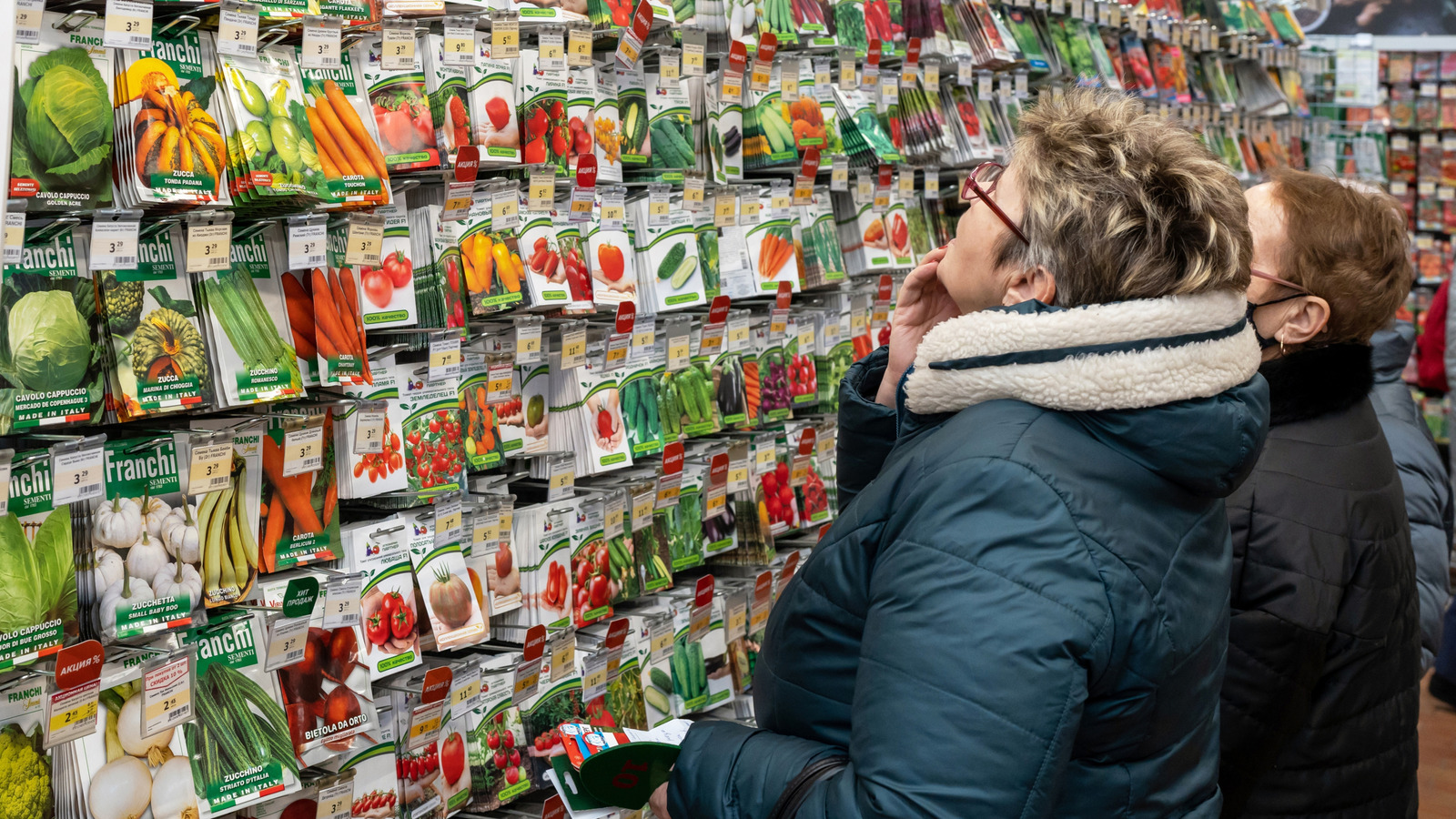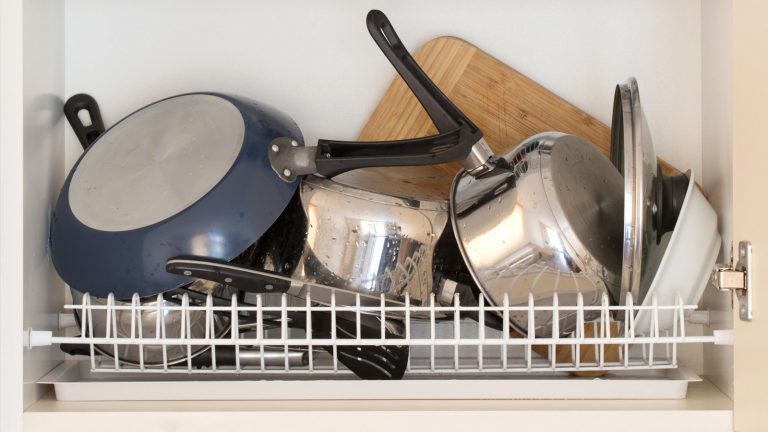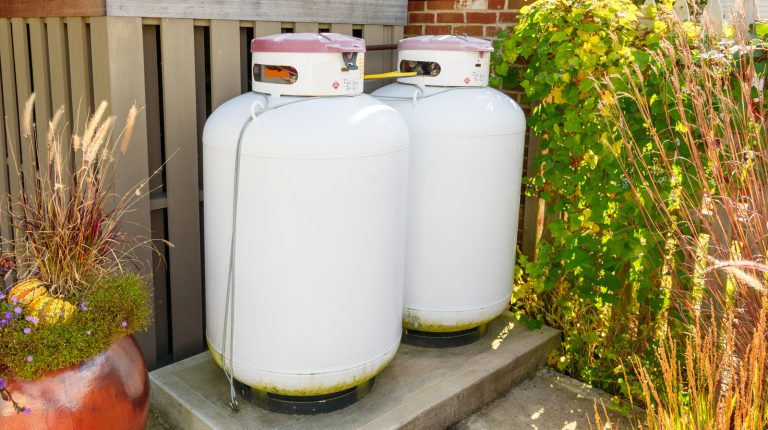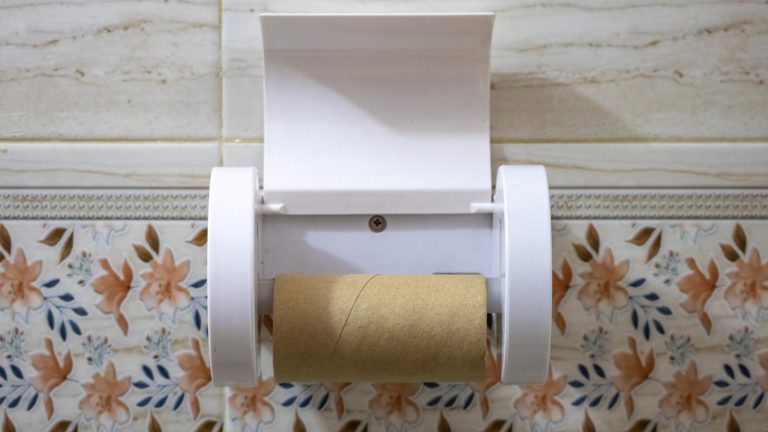
Exploring the concept of a waffle garden and its advantages for desert gardening is essential. A waffle garden consists of raised berms and depressions, with each depression serving as a small garden bed. This unique design retains more water than traditional gardens, making it ideal for growing crops in arid environments. When planning your waffle garden, consider selecting vegetable seeds or seedlings that thrive in high temperatures. Opt for vegetables like green onions, garlic, chilis, beans, squash, corn, beets, tomatoes, leafy greens, herbs like cilantro and basil, and ornamental edible plants like sunflowers.
Throughout North America, waffle gardens have a rich history, particularly among the A:shiwi people of Zuni Pueblo, New Mexico, who have been using this gardening technique for thousands of years. The Zuni waffle garden, as it is sometimes called, sustained entire families with food year-round. Although waffle gardens declined with modernization, there has been a recent resurgence of interest in the technique as people seek sustainable and affordable farming methods in dry climates.
A waffle garden vegetable shopping list
Incorporating the Three Sisters planting system in waffle gardens is beneficial. Consider planting species like Hopi blue corn, Cherokee Long Ear Popcorn, Painted Mountain corn, pole beans, and various types of squash. These vegetables are well-suited for dry-climate waffle gardens and can be planted at specific depths in the soil within each depression. Additionally, other vegetables such as onions, garlic, chilis, beets, tomatoes, leafy greens, herbs, and sunflowers can thrive in waffle gardens.
When creating your waffle garden, keep in mind the unique needs of each vegetable species and experiment to determine which varieties grow best in your specific environment. Climate-conscious gardening practices, such as succession planting and soil testing, can further enhance the productivity of your waffle garden.
Making the most of your waffle garden
While certain vegetables like squash, melons, and corn are commonly grown in waffle gardens, it’s essential to consider their specific requirements for optimal growth. Choosing heirloom varieties and investing in quality seeds can improve the success of your waffle garden. Additionally, understanding the principles of waffle gardening, such as proper irrigation and soil preparation, can help you maximize your harvests and create a sustainable garden ecosystem.
By implementing climate-conscious gardening techniques and experimenting with different vegetable varieties, you can create a thriving waffle garden that provides fresh produce year-round. Embrace the history and innovation of waffle gardening to cultivate a fruitful and sustainable garden in your own backyard.






